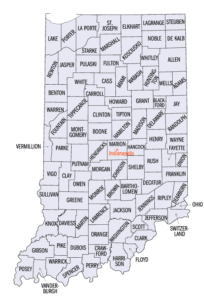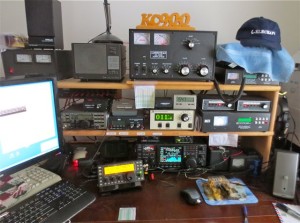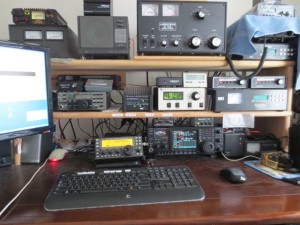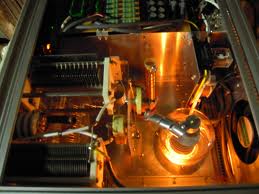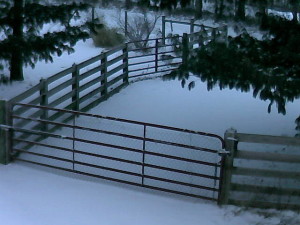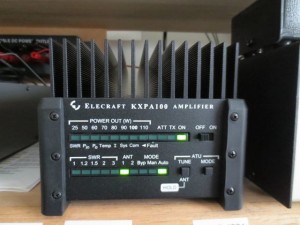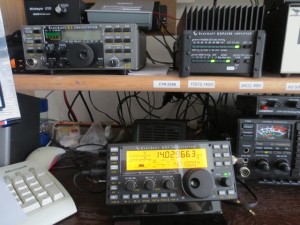I am preparing for the Indiana QSO Party the weekend of May 4th.
The Indiana QSO Party starts at 1500 UTC Saturday and ends at 0300 UTC Sunday the first full weekend of May. (Saturday 11am to 11pm EDT or 10am to 10pm CDT.) For 2019, this is May 4-5. All stations may operate the full 12-hour period.
I won’t be able to operate during the entire contest, but plan to be on during the early part of the contest for a few hours.
Be aware that there are several other State QSO parties this same weekend. These include the Delaware, New England and 7th Call Area QSO parties. You can participate in all of them at the same time. You do not have to keep a separate log for each QSO party. N1NN and other logging can handle the logging for each QSO party simultaneously. Just enter the exchange as received. After the completion of the contests, alll you have to do is send you log to the coordinator for each for each states QSO Parties and their software can extract the appropriate QSOs. The list of Indiana County abbreviations are listed here: http://www.hdxcc.org/inqp/counties.html
I will be operating from my fixed location in Morgan County. I will probably be on 40 and 20 meters depending on the band conditions.
I am looking forward to hearing a lot of activity.
73,
Fred, KC9QQ

